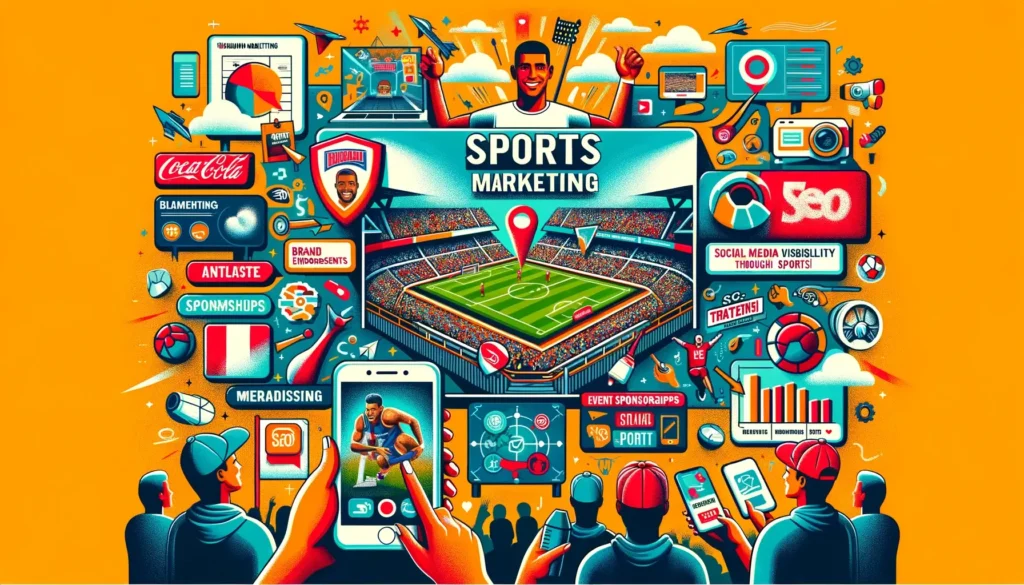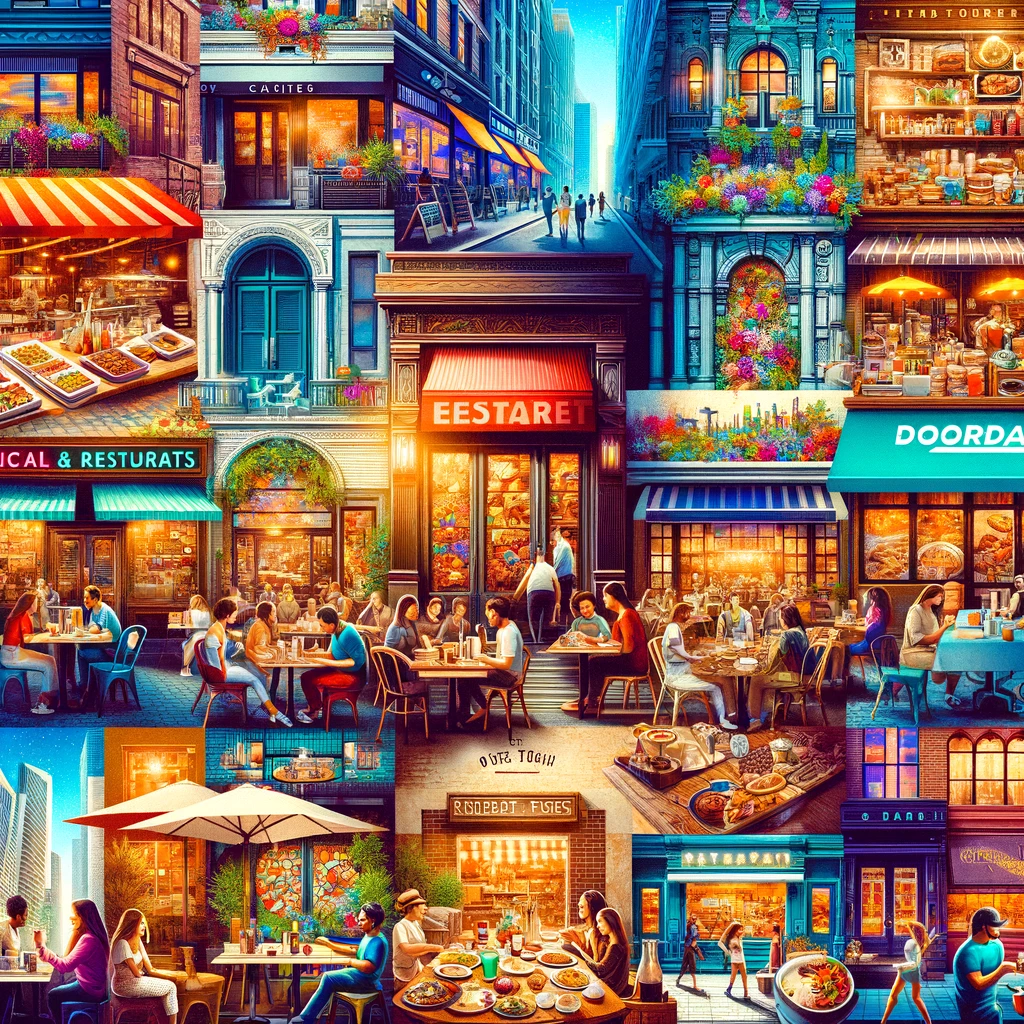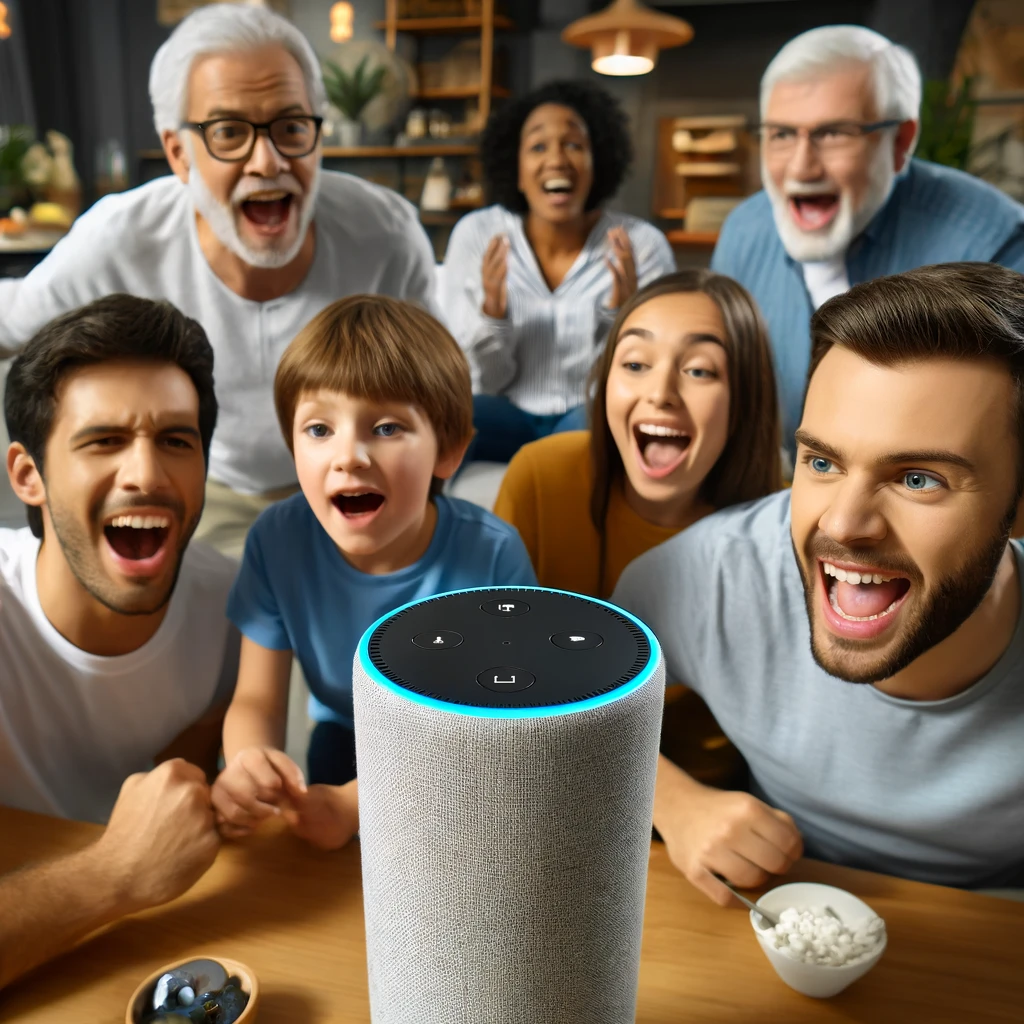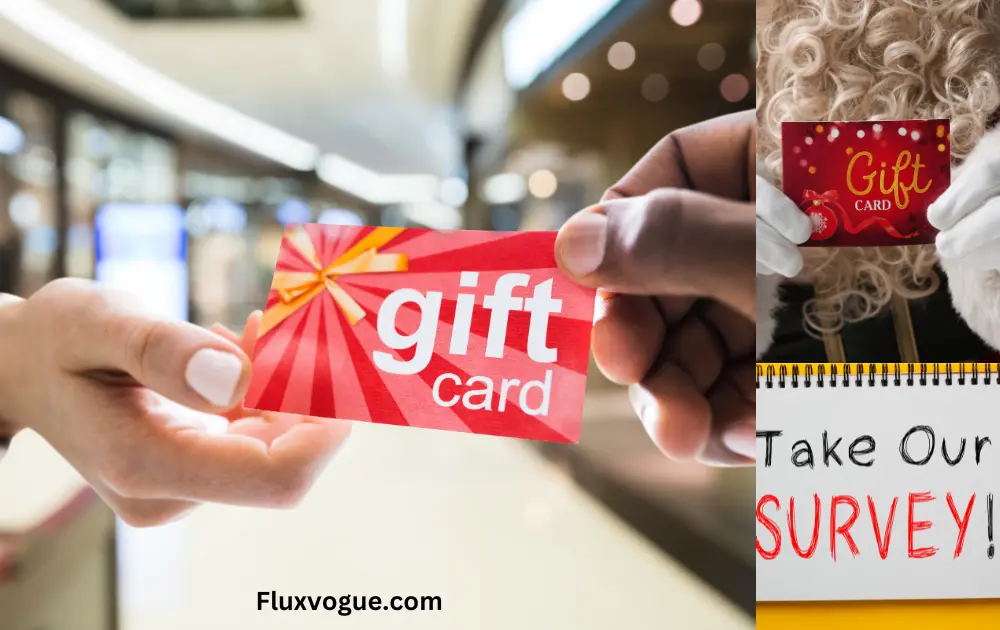In the dynamic realm of retail, where competition is fierce and consumer behavior ever-evolving, retailers constantly find themselves at the crossroads of innovation and tradition. As they navigate the digital landscape, traditional storefronts, and the intricacies of consumer psychology, a significant chunk of their annual budget is strategically allocated to marketing initiatives that promise to elevate their brand and boost sales.
Table of Contents
The Landscape of Retail Marketing
Before we delve into the five marketing strategies that retailers fervently invest in, let’s take a moment to appreciate the complexity of the retail landscape. In an era where online and offline channels intertwine, retailers face the challenge of meeting the expectations of tech-savvy consumers while maintaining the allure of in-person shopping experiences.
The Seamless Fusion of Digital and Physical Presence
E-commerce, the undisputed giant of retail evolution, has reshaped the way consumers browse, compare, and purchase products. From the comfort of their homes, customers can explore an endless array of offerings, and retailers who fail to establish a robust online presence risk falling behind.
On the flip side, the allure of physical stores persists. The tactile experience, the ability to try on clothes, feel the texture of a product, or simply enjoy the ambiance of a brick-and-mortar establishment contributes to the unique charm of in-person shopping.
Now, let’s unravel the marketing strategies that have become the cornerstone of retail success, each vying for a significant share of the coveted annual budget.
1. Influencer Marketing: The Power of Personable Recommendations
In the digital age, where social media dominates the landscape, influencer marketing has emerged as a formidable force. Retailers allocate substantial funds to collaborate with influencers who boast a substantial following and a genuine connection with their audience.
Influencer marketing is more than just a transaction; it’s a narrative woven around authenticity. Anecdotes of influencers seamlessly integrating a product into their daily lives resonate with consumers, creating a sense of trust and relatability.
Consider the case of a fashion retailer partnering with a popular lifestyle influencer. The influencer, through captivating storytelling on Instagram or YouTube, shares their personal journey of discovering and falling in love with the brand’s latest collection. The audience, drawn into this narrative, finds themselves not just buying a product but becoming part of a lifestyle.
Identify Influencers: Look for influencers whose values align with your brand.
Build Authentic Relationships: Establish genuine connections with influencers for long-term collaborations.
Storytelling is Key: Encourage influencers to weave compelling stories around your products.
2. Search Engine Optimization (SEO): Elevating Visibility in the Digital Jungle
In the vast digital landscape, where millions of searches occur every second, SEO emerges as a retailer’s beacon. Investing in optimizing online content to align with search engine algorithms is a surefire strategy to enhance visibility and drive organic traffic.
SEO isn’t just about cramming content with keywords; it’s a nuanced dance between relevance, user experience, and technical finesse. Retailers funnel a substantial portion of their budget into hiring SEO experts who understand the ever-changing algorithms and can adapt strategies accordingly.
Consider a scenario where a boutique coffee brand invests in SEO. Through meticulous keyword research and content optimization, their website appears at the top of search results when users type phrases like “premium coffee beans” or “artisanal coffee.” This visibility not only increases website traffic but also positions the brand as a go-to choice for coffee aficionados.
Keyword Research: Identify relevant keywords that align with your products.
Optimize On-Page Content: Craft compelling product descriptions and engaging content.
Technical SEO: Ensure your website is technically sound for seamless user experience.
3. Content Marketing: Crafting Narratives That Resonate
In a world inundated with information, standing out requires more than just showcasing products. Content marketing is the art of creating valuable, relevant, and consistent content to attract and engage a target audience.
Retailers recognize that content goes beyond product descriptions. It’s about storytelling that captivates, educates, and forms a connection with the consumer. Budgets are allocated to creating blog posts, videos, and interactive content that transcend mere advertising, offering an immersive experience.
Imagine a tech retailer delving into content marketing. They create a series of blog posts exploring the evolution of technology, the impact of the latest gadgets, and practical tips for users. This not only positions the brand as an authority but also fosters a community of tech enthusiasts eager to engage with the brand.
Understand Your Audience: Tailor content to address the interests and concerns of your target demographic.
Diversify Content Formats: Experiment with blog posts, videos, infographics, and interactive content.
Consistency is Key: Establish a content calendar and maintain a consistent publishing schedule.
4. Email Marketing: The Art of Personalized Communication
While some may argue that email is a relic of the past, savvy retailers recognize its enduring power. Email marketing is not about bombarding inboxes with generic promotions; it’s a sophisticated strategy of personalized communication.
Imagine receiving an email from your favorite clothing brand addressing you by your first name, recommending products based on your past purchases, and offering exclusive discounts tailored to your preferences. This level of personalization is the hallmark of effective email marketing.
Segment Your Audience: Divide your customer base into segments based on preferences, behavior, or demographics.
Personalize Content: Craft emails that speak directly to the interests and needs of each segment.
Automate Smartly: Use automation tools to send timely and relevant messages without overwhelming your audience.
5. Social Media Advertising: Meeting Consumers Where They Are
As social media platforms continue to dominate the online landscape, retailers allocate substantial resources to social media advertising. From Facebook and Instagram to Twitter and TikTok, these platforms offer unparalleled access to diverse audiences.
The key lies not just in maintaining a presence but in strategically leveraging paid advertising to reach specific demographics. Whether it’s carousel ads showcasing a range of products or sponsored posts that seamlessly blend into users’ feeds, social media advertising is about meeting consumers where they already are.
Picture a beauty brand launching a new skincare line. Through targeted advertising on Instagram, they reach users interested in skincare, beauty tutorials, and wellness. The visual appeal of the products, coupled with compelling ad copy, prompts users to not just scroll but to click, explore, and eventually make a purchase.
Define Your Goals: Clearly outline what you aim to achieve with each campaign.
Audience Targeting: Utilize the platforms’ robust targeting options to reach your ideal customers.
Visual Appeal: Invest in high-quality visuals and compelling copy that stops users in their scrolling tracks.
Conclusion: Navigating the Retail Marketing Mosaic
In the intricate dance between tradition and innovation, retailers allocate a significant portion of their annual budget to these five marketing strategies. From the authentic allure of influencer marketing to the technical finesse of SEO, the narrative prowess of content marketing, the personalized touch of email campaigns, and the expansive reach of social media advertising, each strategy contributes to a holistic marketing mosaic.
Frequently Asked Questions (FAQs) About Retail Marketing Strategies
Q: Why is influencer marketing considered a crucial strategy for retailers?
A: Influencer marketing provides retailers with a unique opportunity to leverage the authenticity and relatability of individuals who have a significant following. By collaborating with influencers, retailers can tap into established communities, build trust, and create a narrative around their products that resonates with a broader audience.
Q: How can retailers ensure their SEO strategy stays effective amidst changing algorithms?
A: Staying abreast of evolving search engine algorithms is essential for a successful SEO strategy. Retailers should invest in hiring SEO experts who continuously update their knowledge, conduct regular keyword research, and focus on creating high-quality, relevant content. Additionally, maintaining a technically sound website ensures a seamless user experience, contributing to sustained visibility.
Q: What distinguishes content marketing from traditional advertising in the retail sector?
A: Content marketing goes beyond traditional advertising by focusing on creating valuable and engaging content that forms a connection with the audience. Instead of directly promoting products, content marketing tells a story, educates, and entertains, fostering a relationship between the brand and the consumer. It’s about building a brand identity that goes beyond transactions.
Q: How can retailers personalize their email marketing campaigns effectively?
A: Personalizing email marketing campaigns involves segmenting the audience based on various factors such as preferences, behaviors, or demographics. Retailers should tailor the content of their emails to speak directly to the interests and needs of each segment. Leveraging automation tools intelligently allows for the delivery of timely and relevant messages without overwhelming the audience.
Q: What makes social media advertising a vital component of a retailer’s marketing strategy?
A: Social media advertising provides retailers with unparalleled access to diverse and engaged audiences. By strategically leveraging paid advertising on platforms like Facebook, Instagram, and Twitter, retailers can reach specific demographics, showcase their products in visually appealing ways, and meet consumers where they already spend a significant amount of their online time. This direct engagement enhances brand visibility and drives conversions.















